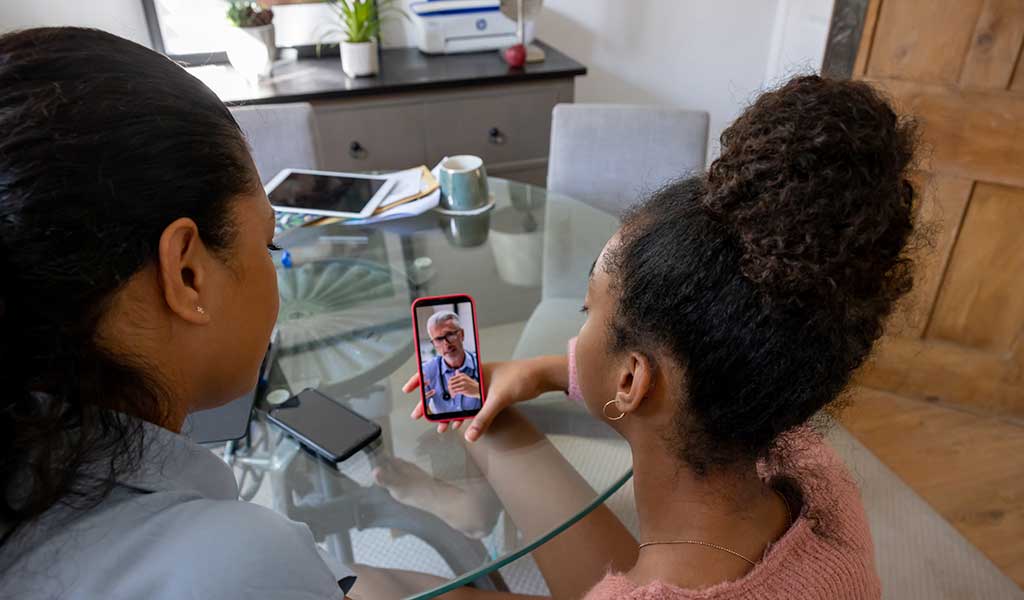Don’t Wait to Get Your Child the Scoliosis Care They Need
When you schedule an appointment at the National Scoliosis Clinic, you get direct access to leading pediatric scoliosis experts ready to create a treatment plan tailored to your child’s spine. You can skip the long line at the doctor’s office and instantly connect with specialists every month from the comfort and convenience of your home. Join the waitlist now to help your child find a healthier, pain-free spine.
Join The Waitlist
Early Detection Means Successful Better Results
Scoliosis affects millions of people worldwide, but doctors still have limited options to diagnose the disease. Using only an iOS smartphone or tablet, you can visit the National Scoliosis Clinic to receive an expert pediatric spine doctor assessment for your 10 to 18-year-old within minutes.
Title

New Patient FAQs
What is scoliosis?
A healthy spine is relatively straight if you look from behind, and there’s a natural S-curve if you look from the side. When you have scoliosis, your spine bends, rotates, and/or twists out of its normal position. In severe cases, it can make standing, walking, and even breathing difficult. Scoliosis affects 2-3% of the global population, or almost 9 million people in the United States alone. Scoliosis is most commonly seen in adolescents, but it can also start with older age. About two-thirds of people aged 60 and above have some level of degenerative scoliosis. Because there’s no known way to prevent it, early diagnosis and treatment are crucial for avoiding more serious complications.
What are the symptoms of scoliosis?
The most common sign that you have scoliosis is if your spine bends to either side when viewed from behind. You may also see uneven shoulders, a head that’s not centered above the pelvis, and a noticeable difference in hip height. These signs are easily seen with a standard torso X-ray. However, other symptoms are harder to identify with an X-ray, meaning delayed treatment and possibly more long-term damage. These include a rib cage that protrudes on one side, sciatica, and difficulty walking.
What are the different types of scoliosis?
- Idiopathic Scoliosis: This is the most common form, totaling about 80% of pediatric scoliosis cases. “Idiopathic” means that the disease has no identified cause, but family history and genetics may be risk factors.
- Degenerative Scoliosis: As the spine ages, the discs can degenerate unevenly, causing the spine to bend and distort as the patient grows older,
- Neuromuscular Scoliosis: This form is caused by conditions affecting the nerves and muscles, such as cerebral palsy, muscular dystrophy, and Angelman syndrome.
How do you treat scoliosis?
Bracing is the most common treatment, and it’s still used in children whose spinal curves are 20 to 40 degrees. However, bracing is only effective when scoliosis is detected early. Other treatment options include exercise, physical therapy, and the Schroth method (scoliosis-specific exercises). For more extreme cases, surgery may be needed. In order to determine how well a treatment is working, patients must visit their doctors frequently for follow-ups to track their progress.
Treating Scoliosis Just Got Easier
With just a smartphone or tablet, you can immediately connect with a pediatric spine specialist ready to help your child live a life free from scoliosis. Join the clinic waitlist today!